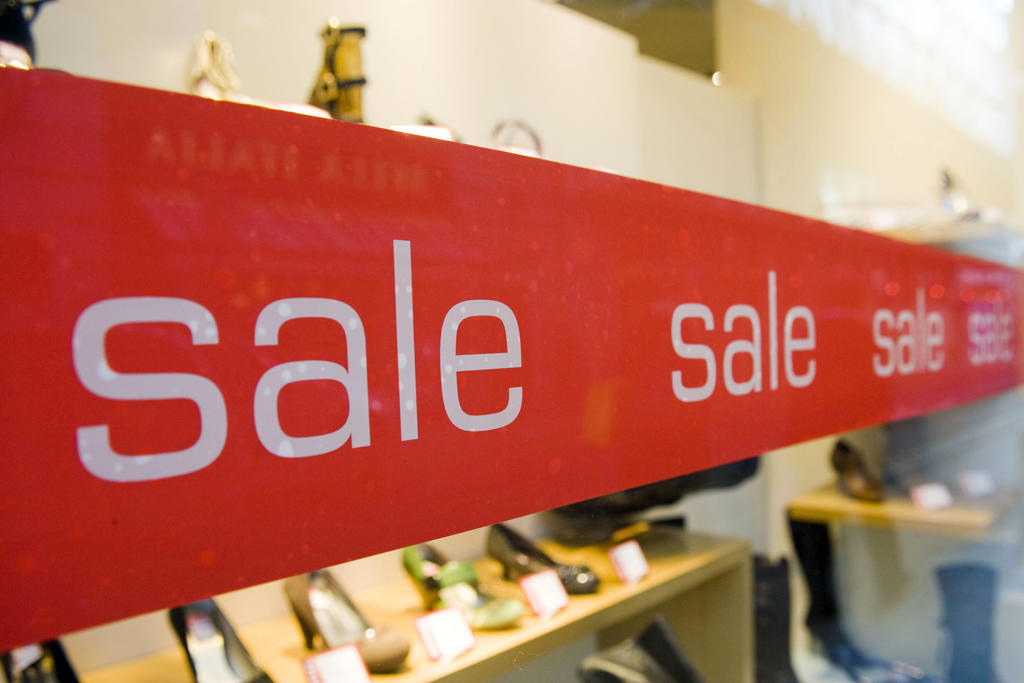Americans Are Spending More When Shopping, But Are Doing Fewer Trips Overall

The average U.S. shopper is spending more on each shopping trip, according to new data from The NPD Group.
Between March and July, the average shopping trip and amounted to $34 or more per consumer in stores and online. In every month since March 2020, the average consumer spent between 13% and 29% more on each shopping trip compared to each month in the year prior. However, these numbers reflect an overall drop in the number of shopping occasions per week.
More from Footwear News
How Journeys' Strong Relationships With Brands Helped It Navigate Supply Chain Woes
Hiking Shoe Sales Are Climbing Fast, Especially Online -- and Merrell Is Leading the Charge
According to NPD, the increase in spending per trip is partly due the prevalence of online shopping, where people tend to spend more at a time on items that have higher average selling prices. Taking fewer shopping trips on average has also encouraged consumers to purchase more on each trip, especially as supply chain delays cause shortages on certain items.
Freight rates have reached record highs amid pandemic-related shipping slowdowns, factory and store shutdowns, clogged ports and worker shortages. As a result, retailers have been forced to seek out alternate solutions to move product, which has caused prices on certain items to go up.
“Fewer shopping trips to limit in-person contact at retail stores, combined with supply-chain challenges making fewer products available, means consumers are more willing to spend more now to get the products they need,” said retail chief industry advisor for NPD Marshal Cohen. “This dynamic alters the traditional cadence of product seasonality and creates less price sensitivity.”
According to the data, grocery and drug stores, warehouse clubs, hardware and farm stores, and mass merchants saw the most benefit from the increased spending. Cohen said that he expects to see consumers spend more many on fewer, better products, especially as the holiday season rolls around.
According to Deloitte’s annual holiday retail forecast, holiday retail sales will likely grow between 7% and 9% in 2021 compared to 2020. Sales will likely total between $1.28 and $1.3 trillion between November and January, with e-commerce sales projected between $210 billion and $218 billion this season.
“We anticipate strong consumer spending for the upcoming holiday season,” said Daniel Bachman, Deloitte’s U.S. economic forecaster. “As vaccination rates rise and consumers are more comfortable being outside of the home, we are likely to see increased spending on services, including restaurants and travel, while spending on goods will continue to hold steady.”
Best of Footwear News
Nordstrom's Anniversary Sale Is Now Open to the Public — Shop Our 15 Favorite Shoe Deals
The Brands and Retailers to Support This International Women's Day and Women's History Month
Sign up for FN's Newsletter. For the latest news, follow us on Facebook, Twitter, and Instagram.

